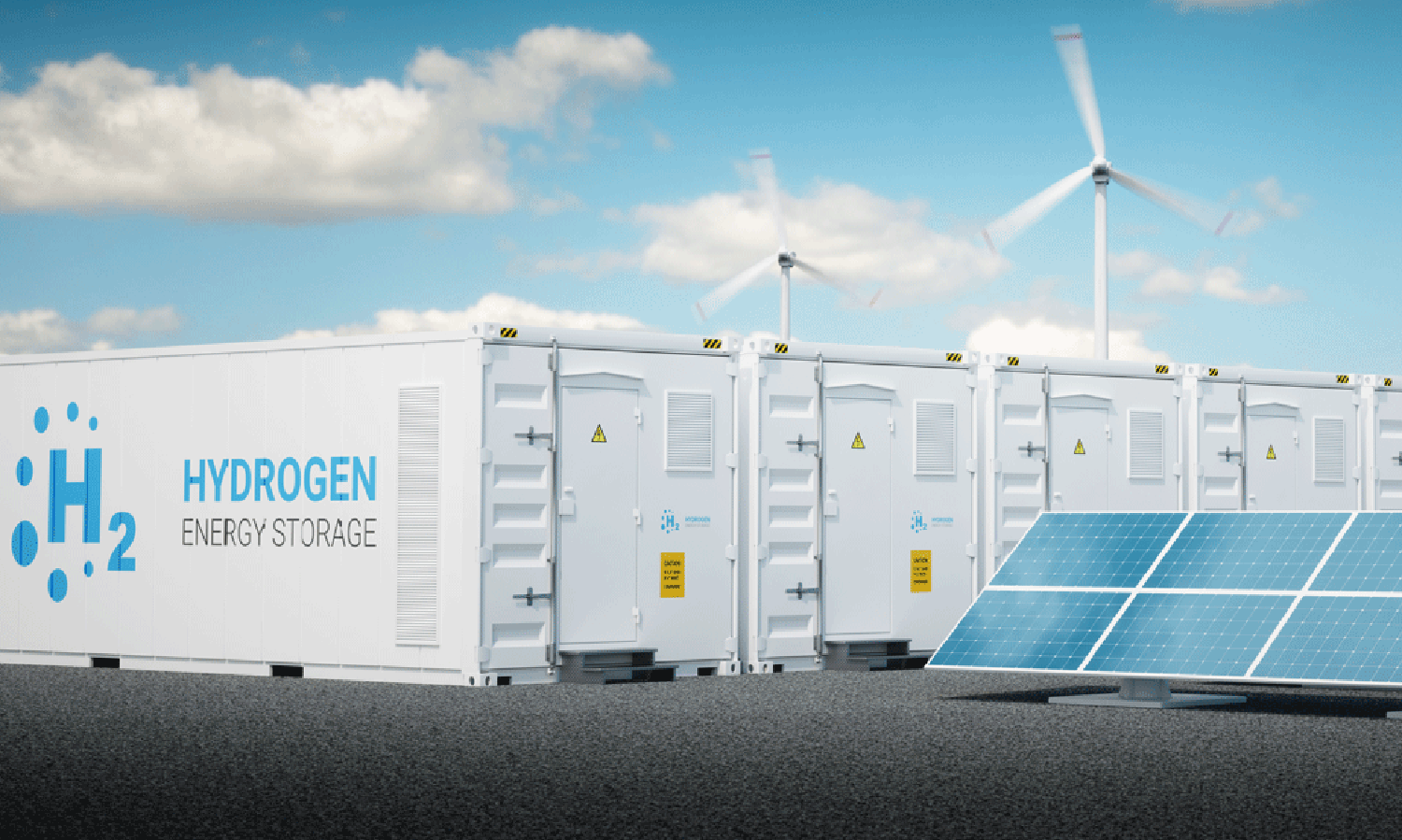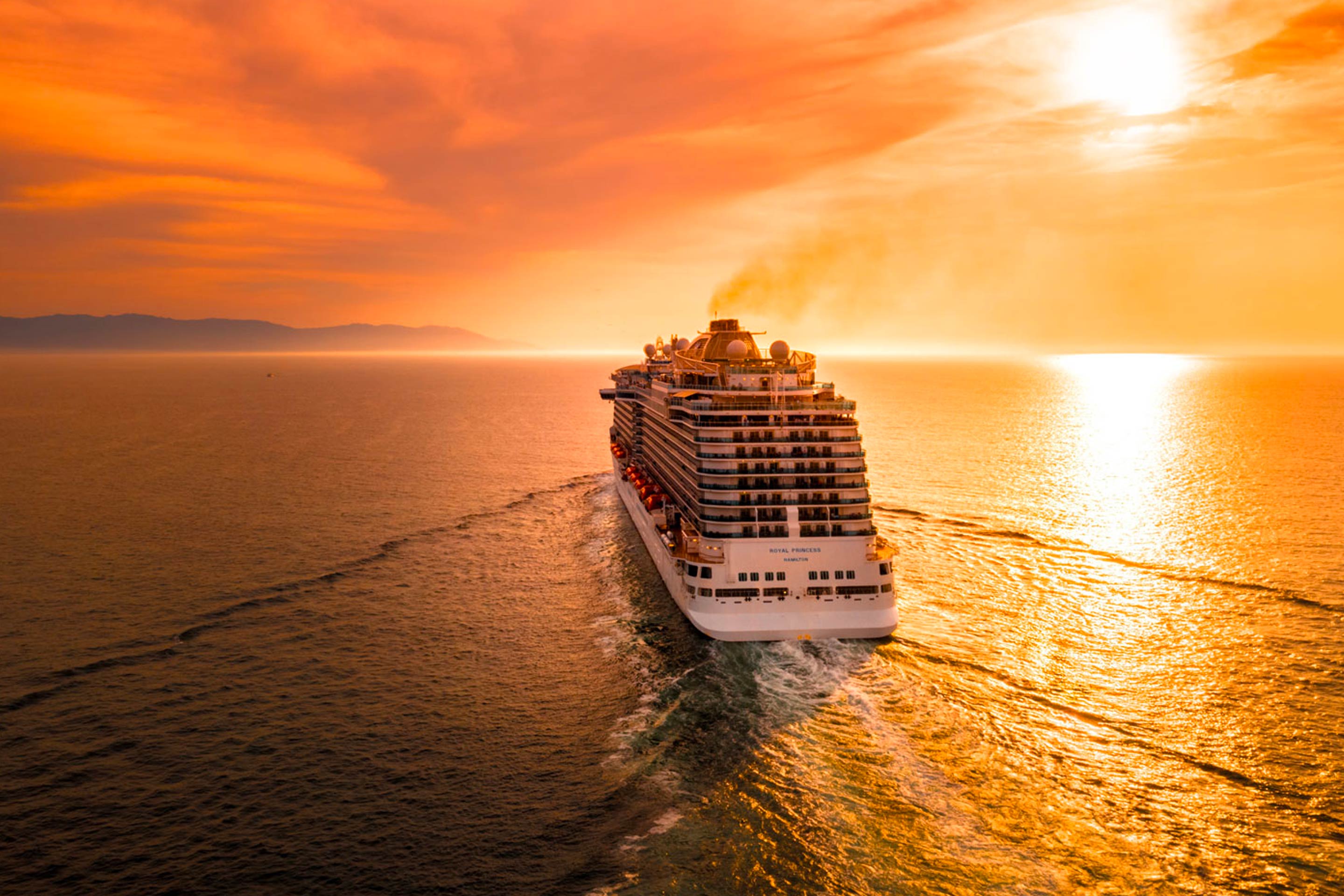On May 27, ABB hosted a webinar gathering leading experts from across the world, as well as journalists in the marine sector, to discuss the road towards the adoption of hydrogen and hydrogen-based fuels, such as ammonia, for shipping.
On May 27, ABB hosted a webinar gathering leading experts from across the world, as well as journalists in the marine sector, to discuss the road towards the adoption of hydrogen and hydrogen-based fuels, such as ammonia, for shipping.
Meeting sustainability targets will require unprecedented change from the industry. Most notably the initial IMO GHG Strategy sets out ambition levels for the maritime industry to reduce CO2 emissions by 40% in 2030, by 70% in 2050, and to reduce total GHG emissions by at least 50% in 2050 compared to 2008 levels.
To meet the 2050 challenge, far more radical approaches to powering marine engines will be required than have been implemented so far: these include the widespread adoption of new, zero-carbon fuels based on hydrogen.
Opening the proceedings, ABB’s Vice President of Technology, Christoph Rofka, described the most plausible routes available for marine companies. Hydrogen, produced via electrolysis using electricity from renewable energy sources such as wind, solar or hydro, provide a promising solution. However, as electrolysis and the production of renewable energy still needs to be scaled-up considerably before there can be a global supply of hydrogen with a zero-carbon footprint, alternative production pathways could enable a faster transition and an immediate reduction of GHG emissions. Additionally, carbon capture and storage (CCS) deployed with steam methane reforming of natural gas or pyrolysis could be an intermediate step to produce hydrogen with a lower carbon footprint in the near-term.
Torsten Mundt, Principal Researcher at DNV GL, described the various cost-increases associated with the switch to future fuels. He noted that hydrogen and ammonia solutions seem likely to be less costly than methane or synthetic alternatives. He also described the policy landscape, from the perspective of the EU and the IMO, which has already stated that “the global introduction of alternative fuels and/or energy sources for international shipping will be integral to achieve the overall ambition [regarding climate control]”.

Koji Takasaki, Professor Emeritus in Marine Engines and Marine Fuels at Kyushu University, introduced Japan’s roadmap towards zero emissions from international shipping, published in English for the first time [see our dedicated post on this]. The country is pressing ahead with multiple possible solutions across hydrogen, ammonia, LNG, CO2-capture and even wind-propulsion, building prototype ships to explore their performance and practicality.
Next, Dr Christian Poensgen, SVP Engineering at MAN Energy Solutions discussed the attractiveness of ammonia as the power-source of future vessels. Christian explained that the production of ammonia was well-established through its use in other sectors, and discussed his company’s progress towards an ammonia-powered engine. Dr Poensgen also reviewed the plausibility of solid oxide fuel cells for marine power. He said, “We should not underestimate them”, especially for shorter, coastal journeys. However, the technology faces some challenges: the cells are currently more vulnerable to degradation from the use of lower quality fuel than traditional engines; their relative efficiency with regard to direct propulsion is debatable; and today’s cells are considerably heavier than other alternatives.
Finally, ABB’s Head of Turbocharging Solutions, Dr Dino Imhof, discussed some of the practical implications of a switch to hydrogen or ammonia. Either solution will require a huge, dedicated power infrastructure to supply the electricity required for their production, he explained. In addition, he stressed that the IMO must adopt binding measures until 2023 to phase-in net zero and zero carbon fuels and consider a well-to-wake approach. Otherwise, no investment in the production of these fuels can be stimulated to have respective amounts ready at our disposal for the decade beginning 2030.
The path to 2050 remains to be finalised, although the eventual destination is clear. Undoubtedly, though, the map is being completed and the best routes calculated.
Get free access to the full webinar here.














